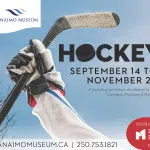
Bodies At The Bottom Of The Barrel
Featured in Ripley's Believe It or Not!

While October may signify the start of Spooky Season for many, here at Ripley’s we’d venture to say, it’s always spooky season. We’re pouring one out for a truly spooky time in history where hour of death meets happy hour, and people quite literally reached the bottom of the barrel.




